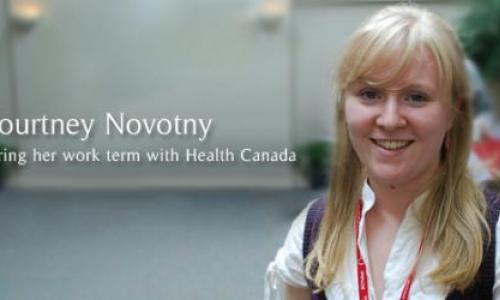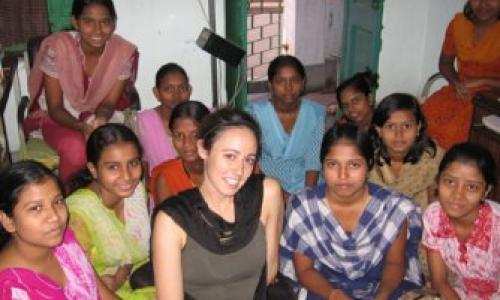
I always had an interest in medical-related topics and always believed that I had the stomach to take in bloody sights, even though I had never watched a surgery in real life before. So when I was told that I would be allowed to stand in on surgeries, I was extremely excited. I had to buy the complete outfit first: scrubs, a funny looking cylindrical hat, and white slip-on shoes. Wearing all of that, I felt a bit silly but professional at the same time, especially when I put on the mask that they provided me. Upon entering the surgery room, I had to put on cloth bag-like coverings over my feet, which definitely added to the silliness factor that I felt.
I did not know what to do once I was in the surgery room so I stood by the corner while the doctors prepared for the first patient of the day: a baby with a cleft-lip that was to be corrected. Having always had the image that the surgery room was a place where any trace of light-hardheartedness was strictly forbidden and non-existent, I was surprised to see how relaxed the medics were. When the patient entered, one of the nurses asked me to help hold the gas mask on the baby’s face as she adjusted the anesthetic gas settings. I was surprised that they let me touch anything, especially since we were unable to understand each others languages and that could have caused a problem. When the surgery began, the surgeon told me to stand closer.
I visited the burns unit the next day and I am still surprised that I was able to stomach the sights that I saw. Children, some of them with full body burns, were screaming in pain as the doctors changed their bandages. Quite often, the gauze was stuck onto the burn wounds and had to be carefully peeled off. I visited the room that housed the four most serious cases at the time: four boys with their entire bodies burned as a result from playing with matches, electrocution, and from a gasoline explosion of a motorized bike engine. Their naked bodies showed no signs of healthy skin and they could barely move. Four medics and two nurses were required to change each of their bandages. The experience was absolutely heart-wrenching.
During my stay in the burns unit, I also observed more surgeries: one removing colloid scar tissue from a baby’s upper arm and one dealing with the colloid scar tissue on a teenage girl’s foot. Despite the gruesome sights of that week, I did learn a lot and the medical aspects of all the cases were very interesting. I am definitely glad I was given such an opportunity.
Beyond the Blog
-
Find out more about the Biomedical Physiology and Kinesiology Co-op Program.
-
Find out more about working internationally through the International Co-op Program.


















